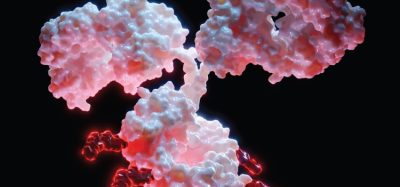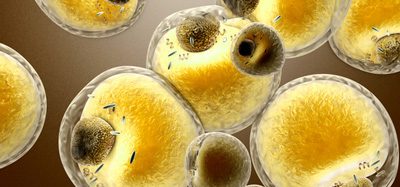New discovery shows how viral vectors release genes in therapy
Posted: 26 June 2025 | Drug Target Review | No comments yet
Researchers at The University of Osaka have found how structural changes in the VP1 protein of AAV vectors trigger genome release – offering insights for improving the safety, efficiency and stability of gene therapy delivery systems.


A research team from The University of Osaka has uncovered the molecular mechanism behind how adeno-associated virus (AAV) vectors release their therapeutic genetic material – an essential step in the effectiveness of gene therapy. Their study, focusing on structural changes in the VP1 protein within AAV capsids, shows that heating induces a transformation in the protein’s N-terminal region, allowing the viral genome to be ejected.
This new insight could significantly improve the design, safety and efficiency of AAV-based gene therapies, which are already being used to treat a range of previously incurable genetic conditions.
The role of VP1 in gene delivery
AAV vectors are commonly used to deliver corrective genes into human cells. However, one of the major gaps in the field has been understanding how these vectors release their cargo once inside the cell.
Biomarkers are redefining how precision therapies are discovered, validated and delivered.
This exclusive expert-led report reveals how leading teams are using biomarker science to drive faster insights, cleaner data and more targeted treatments – from discovery to diagnostics.
Inside the report:
- How leading organisations are reshaping strategy with biomarker-led approaches
- Better tools for real-time decision-making – turning complex data into faster insights
- Global standardisation and assay sensitivity – what it takes to scale across networks
Discover how biomarker science is addressing the biggest hurdles in drug discovery, translational research and precision medicine – access your free copy today
The Osaka researchers explored the relationship between VP1 structural dynamics and genome ejection using recombinant AAV8 (rAAV8) particles. These were engineered to vary in VP1 content – including samples with only the VP3 protein. Through a combination of temperature ramping and advanced analytical techniques, they carefully monitored the structural transitions occurring within the capsid.
They discovered that when the VP1 N-terminus remained folded, genome release was inhibited. But once the protein unfolded due to heating, the genetic material could be ejected without the capsid breaking apart. This led to the formation of three distinct particle states – genome-containing, genome-tethered, and empty capsids.
Implications for vector design and therapy safety
The molecular-level understanding gained from this study marks a turning point in the field. It provides a clear framework for enhancing AAV vector performance and offers new benchmarks for vector quality control, thermal stability and storage protocols.
The molecular-level understanding gained from this study marks a turning point in the field
“Gene therapy holds great promise as an innovative treatment for previously incurable diseases, but the production and quality control of vectors present significant challenges,” said Senior Author Susumu Uchiyama. “Through meticulous analysis by our students and young faculty members, we have key indicators for stable AAV gene therapy vector production and storage, paving the way for delivering these innovative treatments to patients sooner.”
A roadmap for future Gene Therapy Innovations
The discovery of VP1-mediated genome release adds a critical piece to the puzzle of how AAV vector’s function. It opens doors to engineering more predictable, controlled and effective gene delivery systems – pushing gene therapy closer to widespread clinical use.
As the demand for gene therapies grows, the need for stable, safe and efficient delivery vehicles becomes ever more important. This research not only addresses that need but also empowers future innovations by setting new standards for AAV vector performance and design.
Related topics
Drug Delivery, Gene Therapy, Research & Development, Structural Biology, Therapeutics, Viral vectors
Related conditions
Genetic diseases
Related organisations
The University of Osaka
Related people
Susumu Uchiyama (University of Osaka)








